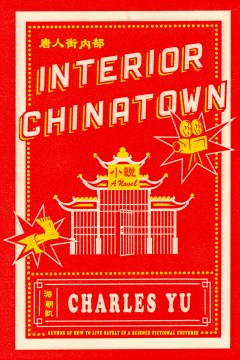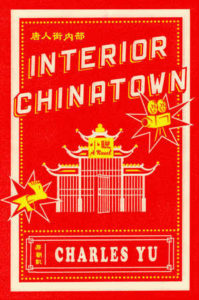


Back stories come through elaborate character descriptions, and much like Nabokov’s footnotes in Pale Fire, the descriptions are the novel.Īlthough Wu’s dream of becoming Kung Fu Guy remains elusive, Yu throws his stereotypes in all directions. Driving the point home, the investigative team-a ridiculously masculine Black Dude Cop and an smolderingly attractive White Lady Cop-tells him in no uncertain terms that there’s no room in the story for Asian Man, generic or otherwise.īeneath the surface of Generic Screenplay, Yu’s characters occasionally break free of their surroundings in quasi-Pirandello fashion. The protagonist Willis Wu, a veteran of bit parts ranging from Disgraced Son to Striving Immigrant, finds himself at a murder scene in a family restaurant playing yet another variation of Generic Asian Man. On the surface, Yu’s title refers to a location setting, in this case a generic Chinese restaurant in a generic Chinatown in a fictional police series entitled White and Black.

Those two realms come together in Interior Chinatown, a bravura metaphysical rumination written in the form of a television screenplay. Having first come to wide attention with his 2010 novel How to Live Safely in a Science Fictional Universe, Yu has spent the past five years in television as a writer, editor and producer, most notably for HBO’s Westworld. If the title of his new novel is any indication, Charles Yu feels those contradictions in the depths of his soul.

Much of MoCA’s archive turned out to be salvageable, and diners and shoppers began trickling back downtown, but that juxtaposition of headlines still shows the ambivalence much of mainstream America feels about its Chinese population. A few days later, newspaper reports from that normally bustling neighborhood indicated that, due largely to worries over the coronavirus, tourists and locals alike were staying away in droves. Earlier this year, a fire broke out in the Chinatown archive of New York’s Museum of Chinese in America, spurring a tremendous outpouring of sympathy and support from those fearing that a crucial chapter in the nation’s history was lost forever.


 0 kommentar(er)
0 kommentar(er)
